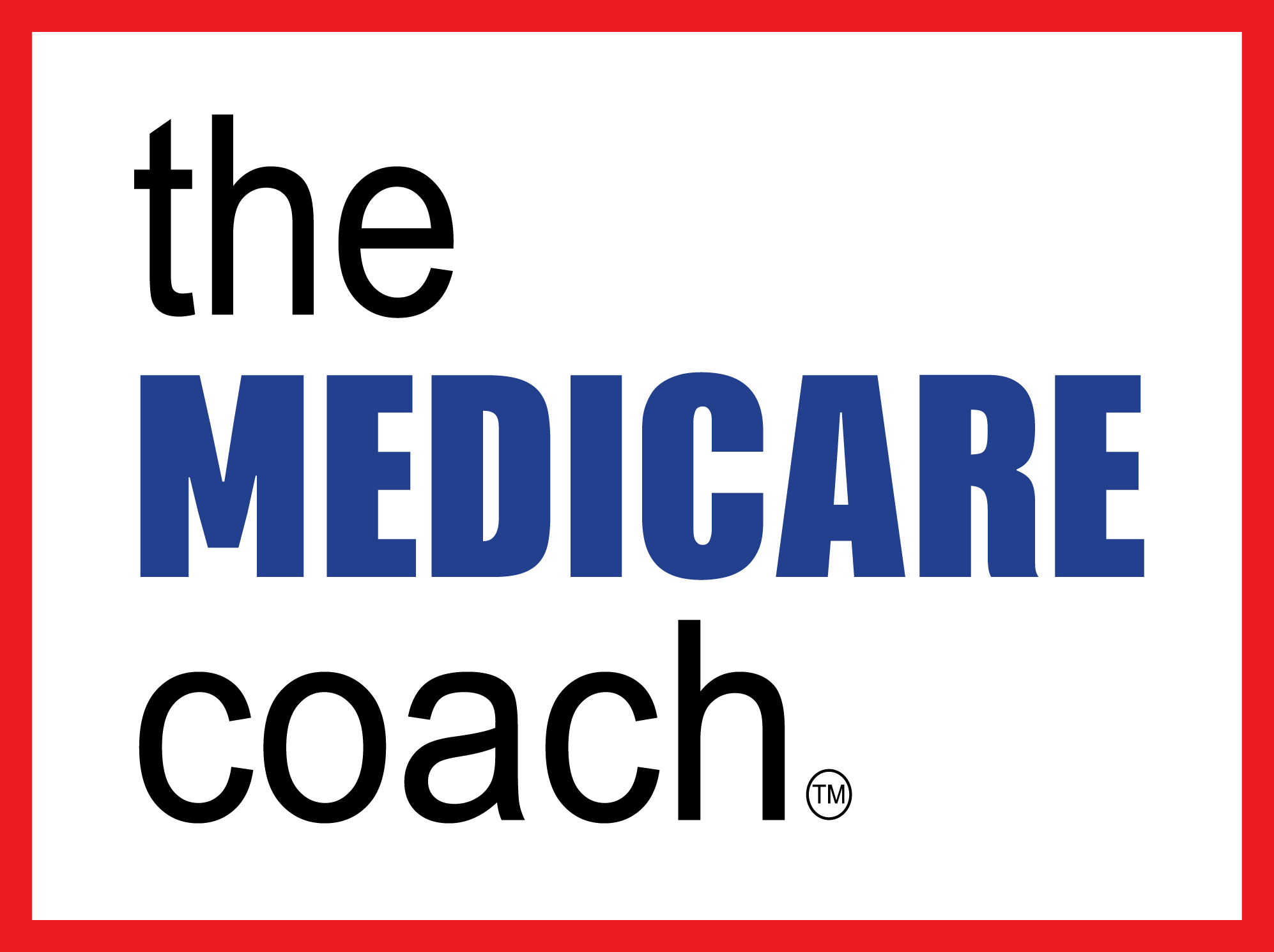One of the biggest questions I’ve been getting lately is, “how do I avoid Medicare penalties?”
This is an excellent question because Medicare doesn’t always clearly come out and state how they can penalize you. But, as you know, there are penalties associated when it comes to Medicare. So, in this email, I want to clarify what Medicare penalties there are and how you can avoid them.
1) Medicare Part B Penalty
The Medicare rules state that by the time you turn 65, you must either be on Medicare or on an employer plan that meets Medicare rules.
This means, if you don’t have creditable insurance when you turn 65, either employer insurance or Medicare, you will face a Medicare Part B penalty.
The Medicare Part B penalty can be expensive, and it will last for the rest of your life.
The penalty fee is currently 10% of the monthly premium for each 12-month period you went without it when you should have.
2) Medicare Part D (prescription drug) penalty.
This Medicare rule states that by the time you turn 65, you must either be on the Medicare prescription plan or have another type of prescription plan deemed creditable.
Now creditable means the plan on average covers medications as well as or better than Medicare.
The cost of Medicare Part D penalty is determined by multiplying 1% of the “national base beneficiary premium,” which is $33 in 2021, times the number of full, uncovered months you didn’t have Part D or creditable coverage. This penalty is added to your Part D premium once you do decide to take Part D in the future. Just like with Part B, this penalty never goes away.
In my experience, many people are not aware of the hefty Part B penalty and do not realize that Medicare Part D is really not optional.
These penalties can add up, so you must know these rules when approaching your Medicare decision because they are easily avoidable.

